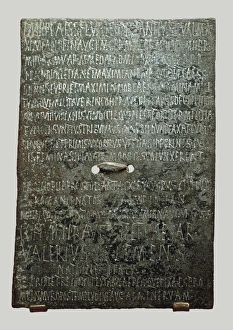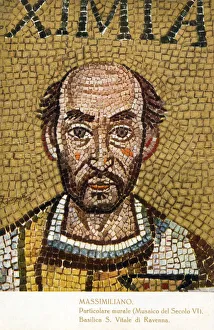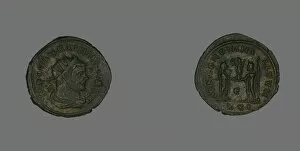Maximianus Collection
Maximianus, a name that resonates throughout Roman history
All Professionally Made to Order for Quick Shipping
Maximianus, a name that resonates throughout Roman history. From his early days in the military to his rise as an emperor, Maximianus left an indelible mark on the ancient world. One of the earliest mentions can be found in a Roman military diploma, issued by Emperor Gallerius. This document highlights his service and loyalty to the empire, showcasing his dedication and skill as a soldier. Later on, Maximianus took on a different role as Bishop Maximianus at the Basilica of San Vitale in Ravenna. Here, he oversaw religious affairs and played a crucial role in shaping Christianity during this time period. Coins bearing Maximianus' image also provide insight into his reign. An Antoninianus coin portrays Emperor Marcus Aurelius Valerius Maximianus around 293 AD, capturing his regal presence and authority. Similarly, follis coins from around 296-297 AD depict Emperor Maximian's likeness with intricate details crafted by unknown artists. The aureus coin portraying Emperor Maximianus Herculius from 303 AD showcases him as a powerful figure with an aura of strength and resilience. These coins serve not only as currency but also as symbols of imperial power and influence. Throughout various other coins minted between 286-305 AD, we see different representations of Emperor Maximian or Marcus Aurelius Valerius Maximianus I - each highlighting different aspects of his rule and personality. Beyond these tangible artifacts lies another remarkable piece associated with Maximanu: The detail of the Annunciation from the chair he once occupied is made from inlaid wood & ivory. This exquisite artwork speaks volumes about both his appreciation for beauty and devotion to religion. Lastly, it is worth noting that even after death; Emperors were commemorated through grand funeral pyres like those built for Roman Emperors – including one five-story structure erected in Rome. These elaborate ceremonies celebrated their lives and ensured their legacy lived on.












